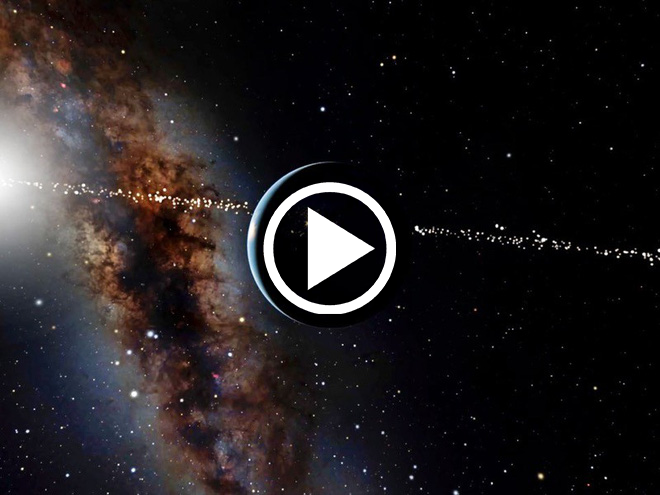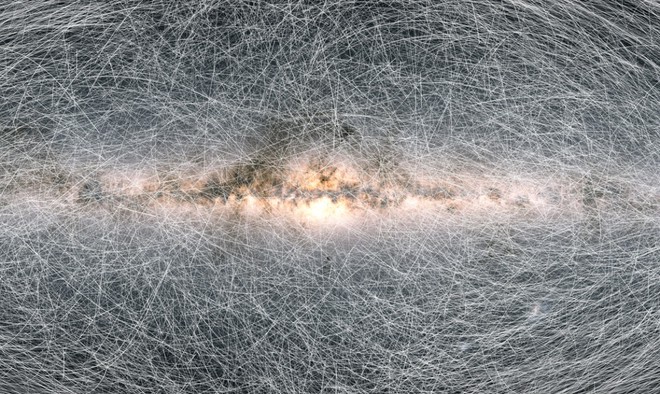Astronomers have identified 2,000 stars from which, in the not-so-distant future, they will be able to detect the Earth hovering above the Sun.
If intelligent life exists on planets orbiting these stars, and if they have such advanced technology as humans, they could theoretically detect Earth. They were even able to detect a peak of CO2 on the blue planet from the time of the industrial revolution to the present day.
In a new report published in the journal Nature, scientists are opening up a new way of thinking by keeping an eye on the search for alien life. Lisa Kaltenegger, astronomer at Cornell University and author of the new study, said, “Who has the best places to watch us. Who will we be strangers to?
If they existed, these alien communities would have the potential to become “radio friends” of humans, for when they found us, they were probably already trying to contact Earth.
There have been studies on this possibility in the past, but this is the first report to include stellar movement over time, as the stars there can be obscured by the Sun in the process. With the new information, scientists were able to predict which stars will be visible to us over the last 5,000 years of human civilization. At the same time, the team is also predicting which stars will see Earth in the next 5,000 years.
The Gaia space telescope of the European Space Agency ESA contributes to this success; It’s also the place that produces the most detailed three-dimensional star map we have. Ms. Kaltenegger worked with Jackie Faherty of the American Museum of Natural History to analyze Gaia’s map to see what would be the most visible star system on Earth passing near the Sun.



